This module has two GND and VCC pins:

However, this module and this module only have one of each. Why is that?

EDIT: I know most MCU's have a lot of 3V3, 5V and GND pins. This is required for connecting the most varied peripherals simultaneously without exceeding max current output. But I have never seen a peripheral with this configuration. Since I never saw a MCU with only one GND and one VCC pin, and there is a lot of nrf24l01 modules with just one pin of each, I would like to know the purpose, since it's supposed that this module should be connected with only one MCU at a time.